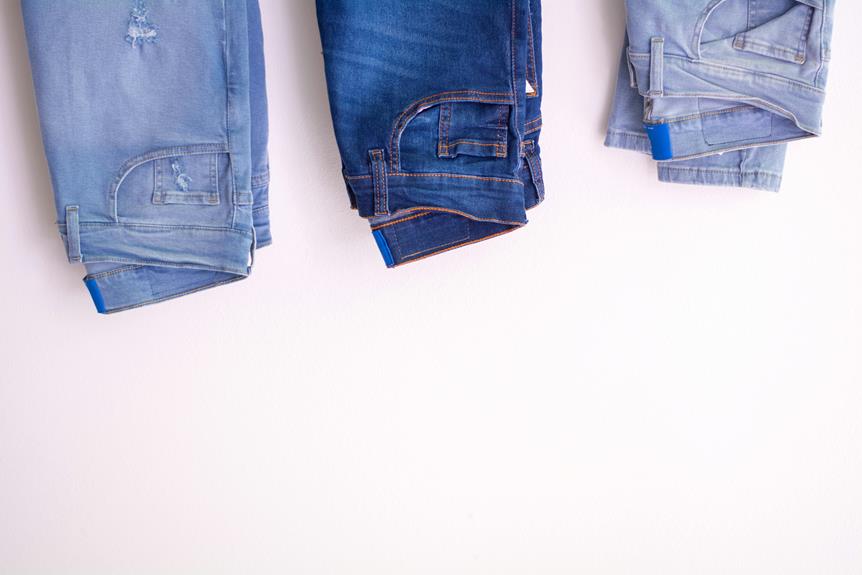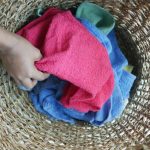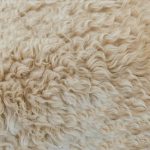As you consider the environmental impact of your wardrobe, you may wonder: what about French Terry, that soft and cozy fabric found in many casual garments? It turns out that French Terry can be a sustainable choice, depending on the production process and materials used. Some manufacturers are now opting for eco-friendly materials, such as organic cotton, recycled cotton, and recycled polyester. But what does this mean for the overall sustainability of French Terry? And how can you, as a consumer, make informed choices to support a more environmentally conscious fashion industry? The answer lies in understanding the full story behind French Terry.
Table of Contents
French Terry Production Process
The production process of French Terry typically begins with the blending of cotton fibers with other materials like polyester or spandex. The ratio of these fibers can vary depending on the desired characteristics of the final product.
The blended fibers are then carded, which involves brushing them to align the fibers in the same direction. This process creates a rope-like strand called a sliver.
Next, the sliver is spun into yarn, which is wound onto spools. The yarn is then knitted or woven into a fabric using a specific type of loop or weave that gives French Terry its signature texture.
The fabric is then treated with various chemicals and dyes to achieve the desired color and texture. Some manufacturers may also add additional finishes, such as softening agents or wrinkle resistance.
Understanding these production steps will help appreciate the craftsmanship and attention to detail that goes into creating this versatile fabric.
Material Sourcing and Origins
French Terry is typically made from cotton, polyester, or a blend of both. You're likely wondering where these materials are sourced. The origin of these materials plays a significant role in the sustainability of French Terry.
Cotton, for instance, is often sourced from countries like China, India, and the United States. However, the cotton industry has faced criticism for its environmental and social impact. Some manufacturers are now opting for organic cotton or recycled cotton to reduce their environmental footprint.
Polyester, on the other hand, is often made from petroleum-based materials. While it's not biodegradable, some manufacturers are exploring the use of recycled polyester.
You'll also find that some French Terry fabrics are made from a blend of materials, which can affect the overall sustainability of the fabric. As you consider the material sourcing and origins of French Terry, you'll want to look for manufacturers that prioritize transparency and sustainability in their supply chain. By doing so, you'll be supporting a more responsible fashion industry.
Environmental Impact Assessment
By examining the environmental impact of French Terry, it's clear that the production process has a significant effect on the planet, from the cultivation of raw materials to the manufacturing and distribution of the final product.
You'll notice that the cultivation of cotton, a common raw material for French Terry, requires large amounts of water and pesticides, which can harm ecosystems and contaminate soil.
Additionally, the manufacturing process involves various stages, including spinning, dyeing, and weaving, which consume energy and generate greenhouse gas emissions.
As you delve deeper into the environmental impact of French Terry, you'll find that transportation and distribution also play a substantial role.
The global supply chain for French Terry often involves long-distance shipping, which contributes to air pollution and climate change.
Furthermore, the packaging and storage of French Terry products can result in waste and resource depletion.
To mitigate these effects, it's essential to consider the environmental implications of French Terry production and explore ways to reduce its ecological footprint.
End-of-Life Recyclability Options
When your French Terry garment reaches the end of its life cycle, it's essential to consider recyclability options that can help minimize textile waste and reduce the environmental impact of the fashion industry. As a consumer, you have the power to make a difference by choosing sustainable end-of-life options for your clothing.
Here are some recyclability options for French Terry garments:
| Recyclability Option | Description |
|---|---|
| Donate or Repurpose | Donate gently used French Terry garments to local charities or repurpose them as cleaning rags, quilts, or other creative projects. |
| Textile Recycling Programs | Participate in textile recycling programs that collect used clothing and recycle them into new products such as rags, insulation, or even new fabric. |
| Upcycle or Refashion | Get creative and upcycle or refashion your French Terry garment into a new, unique piece of clothing or accessory.
Sustainable Fashion Industry Future
As the fashion industry moves forward, it's crucial that sustainable practices become the new standard, and consumers like you play a significant role in driving this change. By choosing clothing made from eco-friendly materials, such as French Terry, you're supporting manufacturers who prioritize the environment. As demand for sustainable fashion grows, companies will be more likely to adopt environmentally responsible production methods.
You can also influence the industry by embracing a 'buy less, buy better' approach. Instead of purchasing cheap, trendy items that may end up in landfills, invest in higher-quality, timeless pieces that won't need to be replaced as often. This mindset shift can help reduce the staggering amount of waste generated by the fashion industry.
As you make more sustainable choices, you'll be part of a larger movement that's redefining the fashion industry's future. By working together, consumers, manufacturers, and policymakers can create a more environmentally conscious and responsible fashion ecosystem. By choosing sustainable fashion options, you're not only reducing your own environmental footprint but also contributing to a more sustainable future for the industry as a whole.
Frequently Asked Questions
Is French Terry Suitable for Activewear and Sportswear?
You're looking for a fabric suitable for activewear and sportswear. French terry is a great choice, as it's soft, breathable, and moisture-wicking, making it perfect for workout clothes that require comfort and performance.
Can French Terry Be Used for Home Decor and Upholstery?
You can definitely use French Terry for home decor and upholstery. Its soft, plush pile and absorbent properties make it ideal for throw blankets, pillow covers, and even upholstering furniture, adding a cozy touch to your space.
How Does French Terry Compare to Other Sustainable Fabrics?
When you compare French terry to other eco-friendly fabrics, it often wins in terms of durability, requiring less washing and care, while bamboo and organic cotton score better on carbon footprint and pesticide-free cultivation.
Can French Terry Be Dyed With Natural and Organic Dyes?
You can dye French terry with natural and organic dyes, such as plant-based dyes, to reduce environmental impact. Look for suppliers that offer eco-friendly dyeing options or try natural dyeing methods like indigo or turmeric.
Is French Terry More Expensive Than Regular Cotton Fabrics?
You might find that French terry is slightly pricier than regular cotton fabrics due to its unique weaving process and thicker yarns, but it's often comparable in price to other high-quality cotton fabrics you'd consider.
- How Does Ring Spun Cotton Affect Garment Fit and Shape Retention? - August 13, 2024
- What Are the Challenges in Producing Ring Spun Cotton? - August 13, 2024
- Is Ring Spun Cotton Suitable for Plus-Size Clothing? - August 13, 2024







